Description
Methyl-J
Product information
IUPAC-name 1-(1,3-Benzodioxol-5-yl)-N-methylbutan-2-amine
Synonyms 1,3-Benzodioxolyl-N-methylbutanamine, N-methyl-1,3-benzodioxolylbutanamine, 3,4-methylenedioxy-N-methyl-α-ethylphenylethylamine
Formal name N-
Cas number 03818-46-8
Formula C12H17NO2
Formula Weight 243.7
Purity 98.0 % min.
Formulation Powder
Solubility
- DMF: 10 mg/ml
- DMSO: 10 mg/ml
- Ethanol: 16 mg/ml
- PBS (pH 7.2): 5 mg/ml
MBDB which is also known as N-Methyl-1,3-Benzodioxolylbutanamine is an analog of MCMA (methylenedioxymethamphetamine) with the only difference seen by the substitution of the ethyl for methyl class at the a-carbon. MBDB is considered an entactogen that potently inhibits monoamine uptake.
1,3-benzodioxolyl-N.-methylbutanamine is an entactogen of phenethylamine. It is commonly used as a replacement for amphetamines and is known by its street names Eden and Methyl-J. Like MDMA, this substance has a methylene dioxysubstrate at the 3 and 4 positions on the aromatic ring. This characteristic makes it a class of analogues that are often referred to as entactogens.
Unlike MDMA, MBDB has an ethyl group attached to its alpha carbon. It has the same metabolism as the stimulant. David Nichols, a pharmacologist and medicinal chemist, first synthesized the drug known as MBDB. It was tested and described in Alexander Shulgin’s book “PiHKAL.” The effects of this drug last for about 4 to 6 hours.
The brain-based entactogen, methylbutyric dibuterol, was initially developed as a psychiatric entactogen. It has milder effects than other psychiatric entactogens, and it tends to produce less euphoria and stimulation than MDMA.
The toxicological and physiological properties of this compound has not been analyzed. Usage of this Chemical should be for research and forensic purposes only.
WARNING This product is not for human or veterinary use.
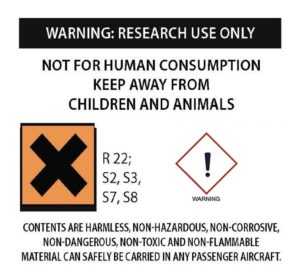
This product is only available to persons of 21 years old and above.
Hazard statement(s)
| H302 | Harmful if swallowed |
| H315 | Causes skin irritation |
| H319 | Causes serious eye irritation |
| H332 | Harmful if inhaled |
| H335 | cause respiratory irritation |
| H336 | cause drowsiness or dizziness |
| Precautionary statement(s) | |
| P264 | Wash hands thoroughly after handling |
| P280 | protective gloves/protective clothing/eye protection/face protection |
| P305 + P351 + P338 | IF IN EYES: Rinse cautiously with for several minutes. Remove contact lenses, if present and easy to do. Continue rinsing. |
| P337 + P313 | If eye irritation persists: Get medical advice/attention |
| P261 | Avoid breathing dust/ fume/ gas/ mist/ vapors/ spray |
| P271 | Use only outdoors or in a well-ventilated area |
| P304 + P340 | IF INHALED: Remove victim to fresh air and keep at rest in a position comfortable for breathing |
| P312 | Call a POISON CENTER or doctor/physician if you feel unwell |
| P403 + P233 | Store in a well-ventilated place. Keep container tightly closed |
| P405 | Store locked up |
| P501 | Dispose of contents/container to a licensed disposal company |

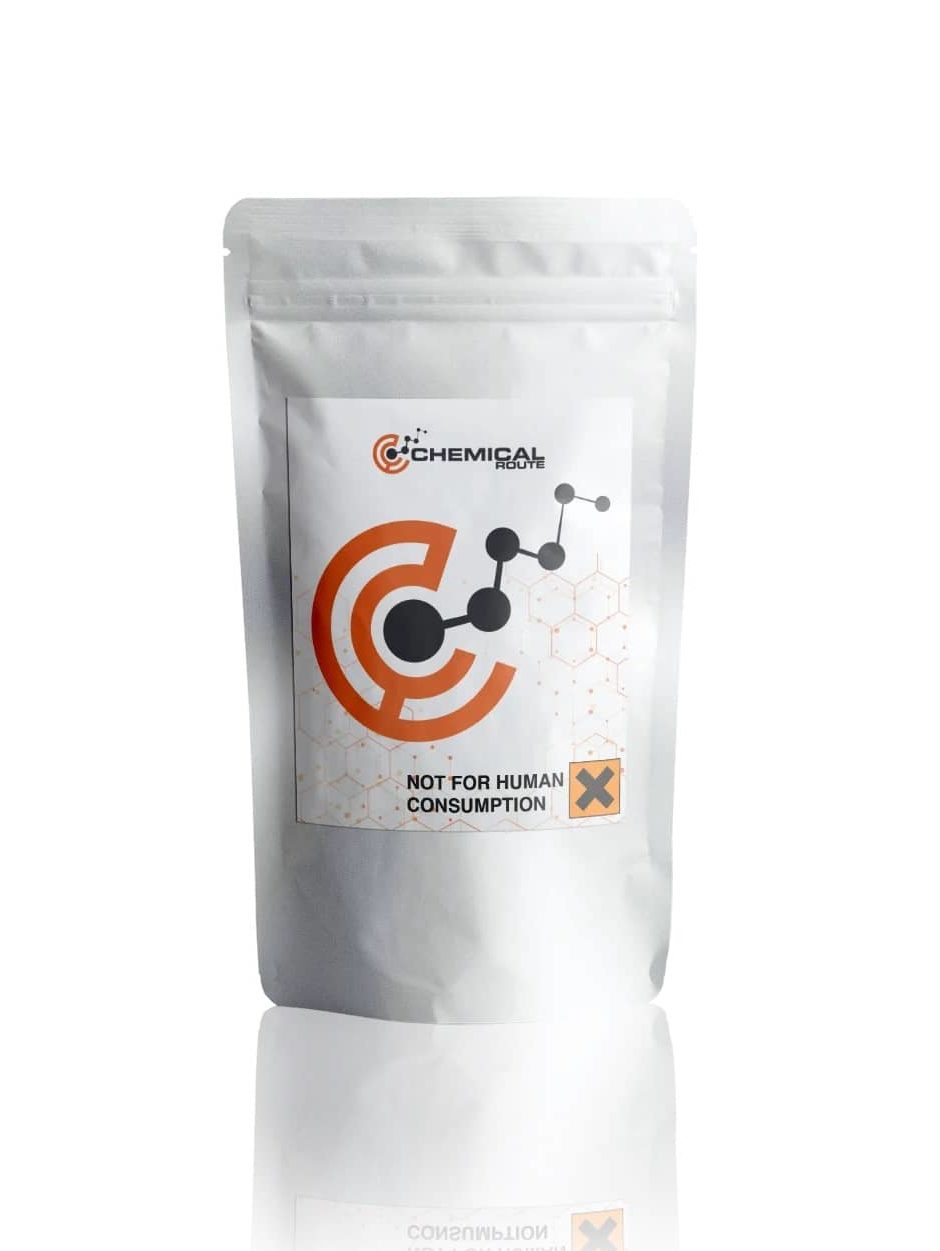
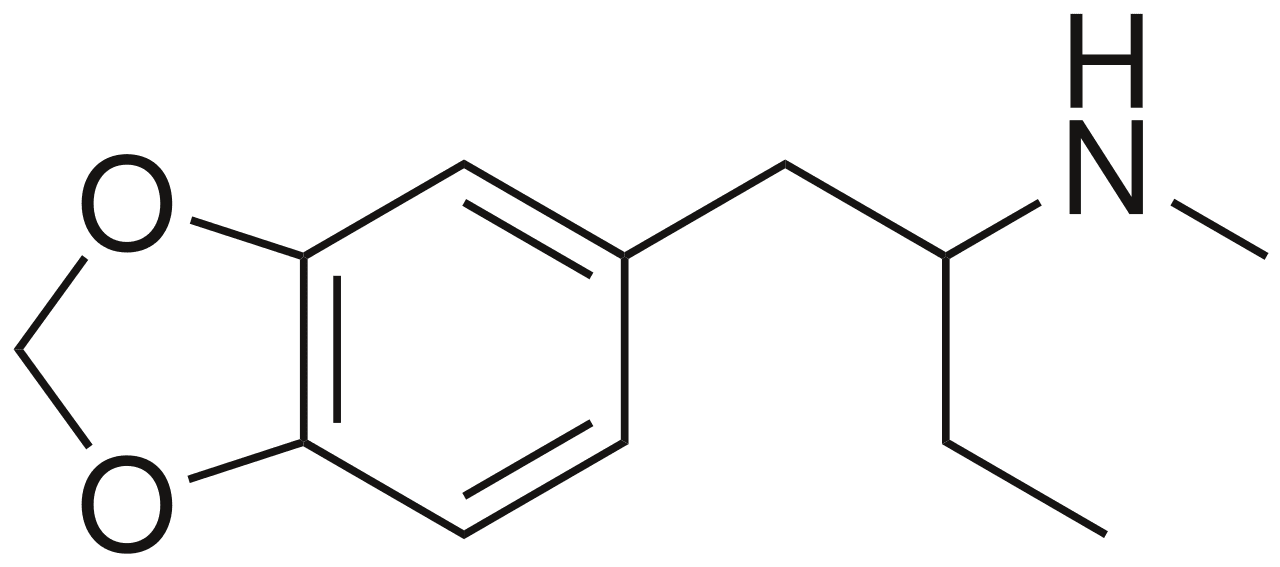
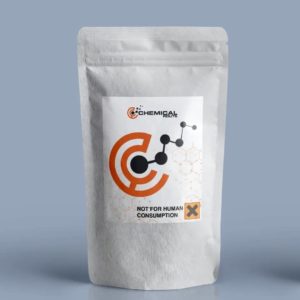
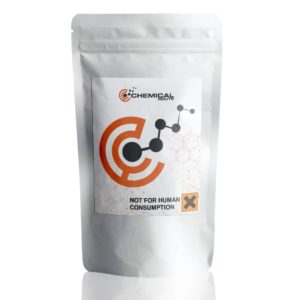
Reviews
There are no reviews yet.